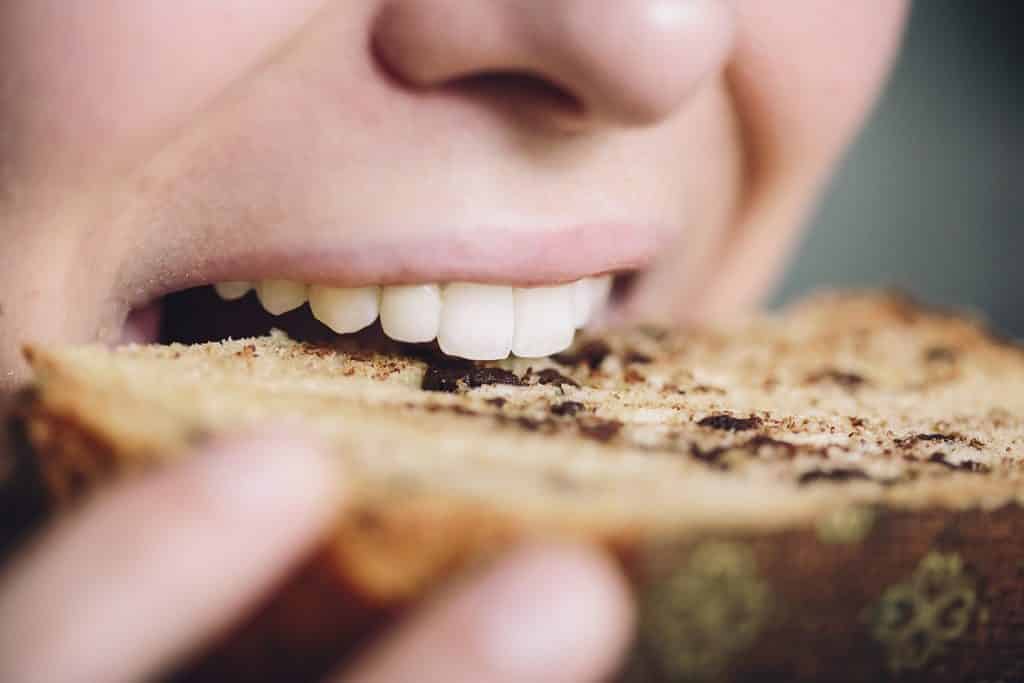
04 Nov How to create taste in breadmaking?
Sourdough is the pride of many bakers, which is a bit of a “secret stamp”:
Sourdough: bacteria + yeast
Sourdough was the very first fermentation used in the manufacture of bread. It is obtained from a mixture of flour and water which is characterized by the metabolic activity of a mixed population of milk bacteria and yeast.
Each type of yeast or bacteria gives specific aromatic properties to bakery products, depending on their respective metabolism and baking process (ingredients and process), hence the large number of molecules, including alcohols, carbonyl compounds, esters and organic acids, that make up the aroma of the bread (Galey et al. ., 1994; Hansen and Schieberle, 2005; Petel et al., 2017).
The organoleptic properties of sourdough
For example, sourdough-based fermentation generates lactic acid and acetic acid, which contribute greatly to the taste of the final product, and levels that depend on the fermentation conditions (Callejo et al., 2011; Petel et al., 2017).
The acidity of the sourdough varies depending on temperature and hydration:
a liquid sourdough produced under warmer conditions will generate more lactic acid, hence a gentle, more acidic bread.
a solid sourdough produced at colder temperatures will promote the synthesis of acetic acid and therefore provides a bitter, more aggressive taste (iNbP, 2003).
One solution to the process: ingredients for facilitator
The organizational constraints associated with the implementation of flora in spontaneous sourdoughs have severely hampered this traditional practice. Today, bakers have the advantage of sourdough starters or finished sourdough. These ensure the quality of the sourdough and the stability that they previously lacked. In combination with the use of specific flours, they can contribute interesting properties, such as the production of special aromatic compounds (Hansen and Schieberle, 2005).
NOTE: There is also dehydrated sourdough, which lacks leavening power, but which are sources of rich, complex aromas, which are directly obtained from sourdough they come from. They can improve or correct an existing aromatic profile in the dough (iNbP, 2003).
